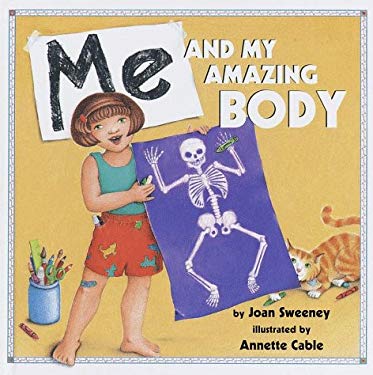Here are some fun Science experiments to try at home or in the classroom. Most of them even use common items found around the house. So, grab your lab coat and goggles and enjoy!
This lesson introduces the principles of air pressure in relation to temperature. Using a bowl of hot water, cold water, a bottle, and a hard boiled egg, students will see how temperature affects the direction of air, made visible by the use of an egg. Watch what happens to the egg when the hot air expands before the cold air quickly contracts!
This experiment is probably one of my favorites! What could be better than magnets or paint? The combination of both! In this lesson, students will learn about the principles of magnetic force and the materials that react to a magnet. At the completion of this activity, not only do they gain more knowledge of magnetism, but have a really neat art project to show off as well! So fun!
This experiment will have your kids' eye popping! What happens when you combine hydrogen peroxide, dry yeast, dish soap, and water? This is a great lesson to talk about different reactions between substances. Learn about exothermic (or heat generating) reactions when creating this fun foamy fountain!
Wanna impress your friends? Learn how to make a common ketchup packet sink and float at your command with this fun experiment. Explore the principles of density and buoyancy as you discover what causes an object to be more or less dense than the substance around it, using a ketchup packet and a plastic bottle. This activity can be expanded to compare and contrast other food packets or even alter water temperatures.
In this lesson, students will discover the principles of positive and negative charges by creating a levitating orb. Yep! I did just say levitate, as in floating in the air! Using a PVC pipe (a balloon will also produce the same results) and tinsel, students will create a static charge that will make the orb of tinsel levitate in the air. This lesson can be expanded to investigate the charges of other common materials as well.
Here's another one of my personal favorites! In this lesson, you will need some white carnations. However, Queen Anne's Lace will also work for the purpose of this experiment. Students will discover how flowers drink and what happens when we change the color of the water. Discover the principles of transpiration, cohesion, and capillary action as the water travels through the flower. Then, split the stem into two glasses of differing colored water and see what happens!
Discover the science behind acids and bases in this neat experiment. Test different household liquids with completely homemade litmus paper... made out of blueberries! Discuss with students why different substances turn the paper blue while others turn it red. And why do blueberries help us to see the difference? To find out, click on the link above!
Create your own tornado using two 2-liter bottles. Learn about the principles of air pressure and how a vortex is formed. Add oil and food coloring to discover how differences in density affect the flow of water from one bottle to another. The science behind tornadoes and hurricanes are also explained in greater detail at the conclusion of the experiment. Enjoy!
WARNING: While this experiment is super cool, it does require the use of a hot plate or stove. Adult supervision is necessary when conducting this experiment!
With that being said, this is a really neat experiment that explores the principles of air pressure. See what happens when a soda can is heated, then placed face down in a bowl of ice water! Discover how the temperature affects the air pressure as the can was transitioned.
This list would not be complete without this last classic. In this experiment, students will create their own electricity to light up the room... without using a light bulb! Discover how to create complete circuits and turn common household items into "super batteries"!








